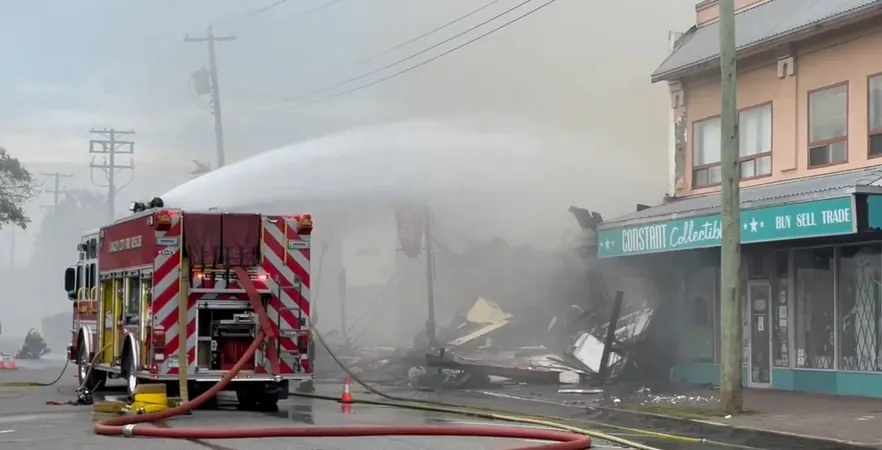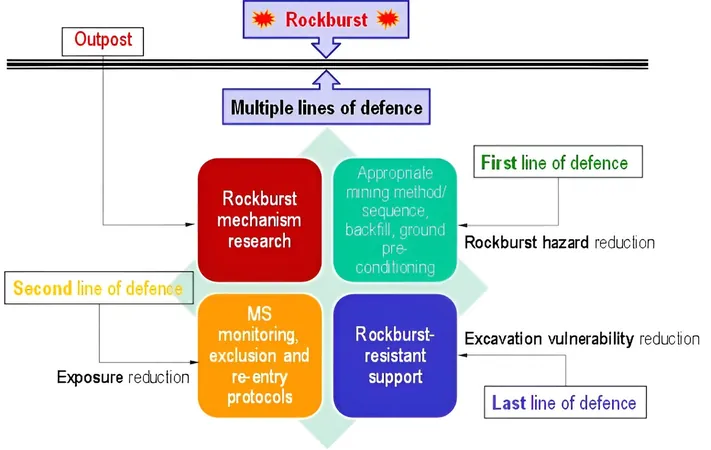
B.C. Housing Market Remains Stagnant as Buyers Hold Off in Anticipation of Rate Cuts
2024-10-03
Overview of the B.C. Housing Market
The much-anticipated recovery in British Columbia’s housing market remains elusive as data from August reveal continued declines in home sales and prices. Despite recent cuts from the Bank of Canada aimed at stimulating the economy, seasonally adjusted Multiple Listing Service (MLS) home sales in B.C. fell by 2.3% from July, dropping to 5,934 units. This decline is notably steeper than the 1.1% decrease seen in the previous month, and sales have plummeted 7.4% compared to the same period last year.
Impact on Greater Vancouver Region
The Greater Vancouver region has been particularly affected, recording a 3.8% decrease in home purchases in August, following a 2.4% fall in July. The market has been largely stagnant since late 2023, and sales also saw significant month-on-month declines in the Okanagan Mainline (-8.7%), South Okanagan (-4.9%), and Kootenay (-5.1%) regions. Some areas did report increases; Vancouver Island saw sales rise by 4.9%, along with smaller gains in Chilliwack (2.2%), Kamloops (2.1%), and Fraser Valley (0.2%).
Home Prices in B.C.
In terms of pricing, the average home price in B.C. has dipped by 1.2%, settling at $973,053. This marks an overall decline of 8.8% from the peak reached in February 2022 and a year-over-year decrease of 1.6%. Greater Vancouver experienced a 2% drop in home values month-on-month and recorded its first year-over-year decline since April 2023. Other regions, including Kamloops and Kootenay, also faced monthly declines of 1% and 2.6%, respectively. Interestingly, some areas experienced price increases, with the Fraser Valley rising by 3.7% and the South Okanagan by 2.3%.
Benchmark Price Index vs. Average Prices
Analysts suggest that average prices may not fully reflect the market composition, as the benchmark price index—considering different home attributes—actually increased by 0.3% in August. This discrepancy arises because benchmark price changes generally lag behind average price shifts. Looking ahead, the combination of potential further rate cuts and increased demand could lead to sharper increases in home prices in 2025, especially given the constrained housing supply.
Retail Sales Trends
Meanwhile, Canada’s retail sales have shown signs of recovery, increasing by 0.9% in July, with B.C.'s retail sales also rising by 1%. This uptick brings B.C.'s seasonally adjusted retail sales to approximately $8.95 billion, though overall year-to-date numbers indicate a slight decline of 0.1%.
Sector Insights
Five out of nine B.C. retail sub-sectors reported increased year-over-year sales for July. Notably, the health and personal care retail sector surged with a remarkable 17.9% growth. General merchandise retailers experienced a positive shift, seeing sales rise by 2.3% to $1.1 billion, while clothing and accessory retailers also enjoyed a 3.3% increase, amounting to $652 million.
Looking Ahead
As the market grapples with uncertainty, all eyes remain on the Bank of Canada's future decisions regarding interest rates and how these will impact the housing market in the months ahead. The combination of waiting game strategies among buyers and resilient retail sectors paints a complex picture of the province's economic landscape as we approach the latter part of 2023 and beyond.









 Brasil (PT)
Brasil (PT)
 Canada (EN)
Canada (EN)
 Chile (ES)
Chile (ES)
 España (ES)
España (ES)
 France (FR)
France (FR)
 Hong Kong (EN)
Hong Kong (EN)
 Italia (IT)
Italia (IT)
 日本 (JA)
日本 (JA)
 Magyarország (HU)
Magyarország (HU)
 Norge (NO)
Norge (NO)
 Polska (PL)
Polska (PL)
 Schweiz (DE)
Schweiz (DE)
 Singapore (EN)
Singapore (EN)
 Sverige (SV)
Sverige (SV)
 Suomi (FI)
Suomi (FI)
 Türkiye (TR)
Türkiye (TR)